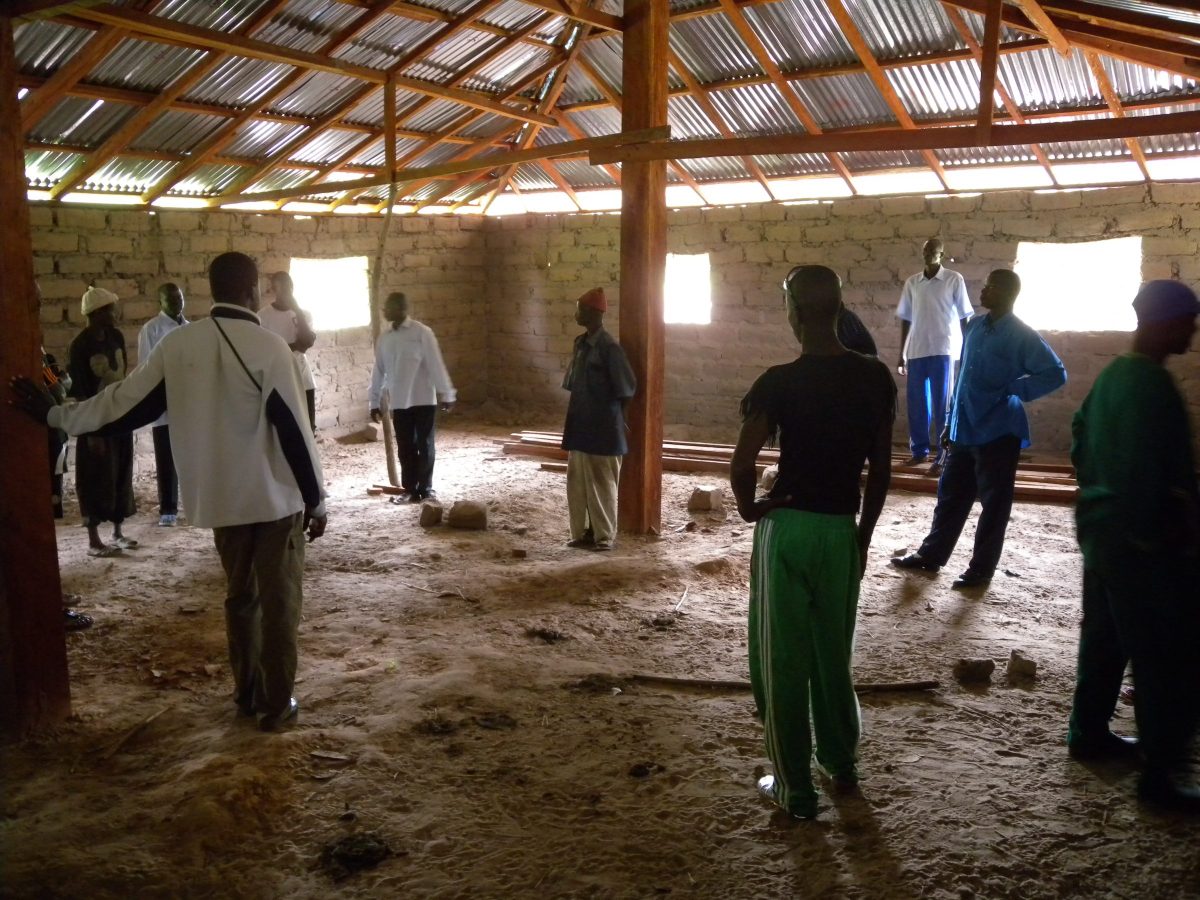Stabilization Centre Construction in Hagadera Refugee Camp, Dadaab, Kenya

December 1, 2009
Ever since the civil strife broke out in Somalia in the early 1990s, Kenya, in collaboration with UNHCR and other implementing partners, has been accepting, hosting and sheltering thousands of Somali refugees in Dadaab.
Dadaab refugee camp was designed to accommodate 90,000 people but is currently host to 275,000 refugees, mainly from Somalia. 88,850 are registered in Hagadera Refugee Camp, one of the three camps in the area. Health programmes are implemented by three agencies: GTZ in Ifo, MSF in Dagahaley, and the IRC in Hagadera. But the continuous influx of new refugees – an average of 6,400 every month – has overstretched the primary health care and nutrition service capacity of the implementing partners.
Currently, the IRC is running three Supplementary Feeding Programmes/Outpatient Therapeutic Programmes in the three health posts and one Stabilization Centre (SC) at Hagadera hospital. Within the SC, the IRC treats severely malnourished children with medical complications. These children are in very delicate health, and are at three times the risk of death compared to well-nourished children.
In this program, IRC will provide increased quality of care to these severely malnourished children with medical complications in the Hagadera refugee camp through the construction of a new stabilization centre. This stabilization centre will address the needs of the communities in Hagadera (including examination room, procedure room, isolation room, work station and office). This project will directly benefit the high risk group of patients, namely malnourished children under five years and pregnant and lactating mothers. Over the course of a year it is expected that the new centre will treat approximately 1,606 moderately malnourished children, 100 severely malnourished children and 3,554 pregnant and lactating women. In addition the project will indirectly impact an additional 8,885 people from the host community at Hagadera camp who will benefit from the availability of improved health care services in the camp.
Results
The structural needs of the stabilization centre were fully met. The ward now has an examination room, a store, a nurse station, an isolation room, an office and a 20-bed capacity ward.
Approximately 40 severely malnourished children with medical complications have been admitted to the new stabilization centre, with an average of 45 patients per month expected in the coming months. The impact will be readily felt by both the refugees and the host community, according to International Rescue Committee (IRC).
Case study
England Ali Hashi is a 20 year old mother of one who has been in the camp since 2002. Her baby was admitted to the old stabilization centre’s ward on 18 May 2010 with a diagnosis of Severe Acute Malnutrition with diarrhoea and a respiratory tract infection.
“I have faced lots of problems in this old structure: the cold nights, leaking roofs with the rain and having a very sick child at the verge of dying. Now I’m happy with the IRC, who has worked hard to build the new structure and it will be a good place for the management of our children in the community in the future.”